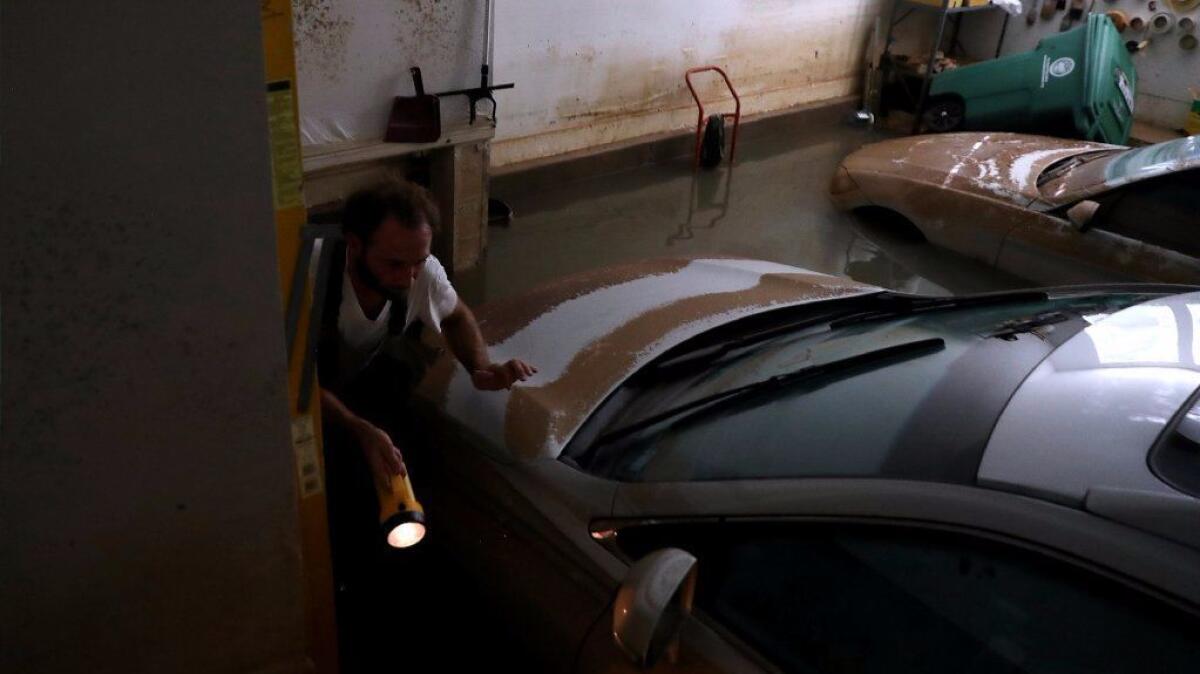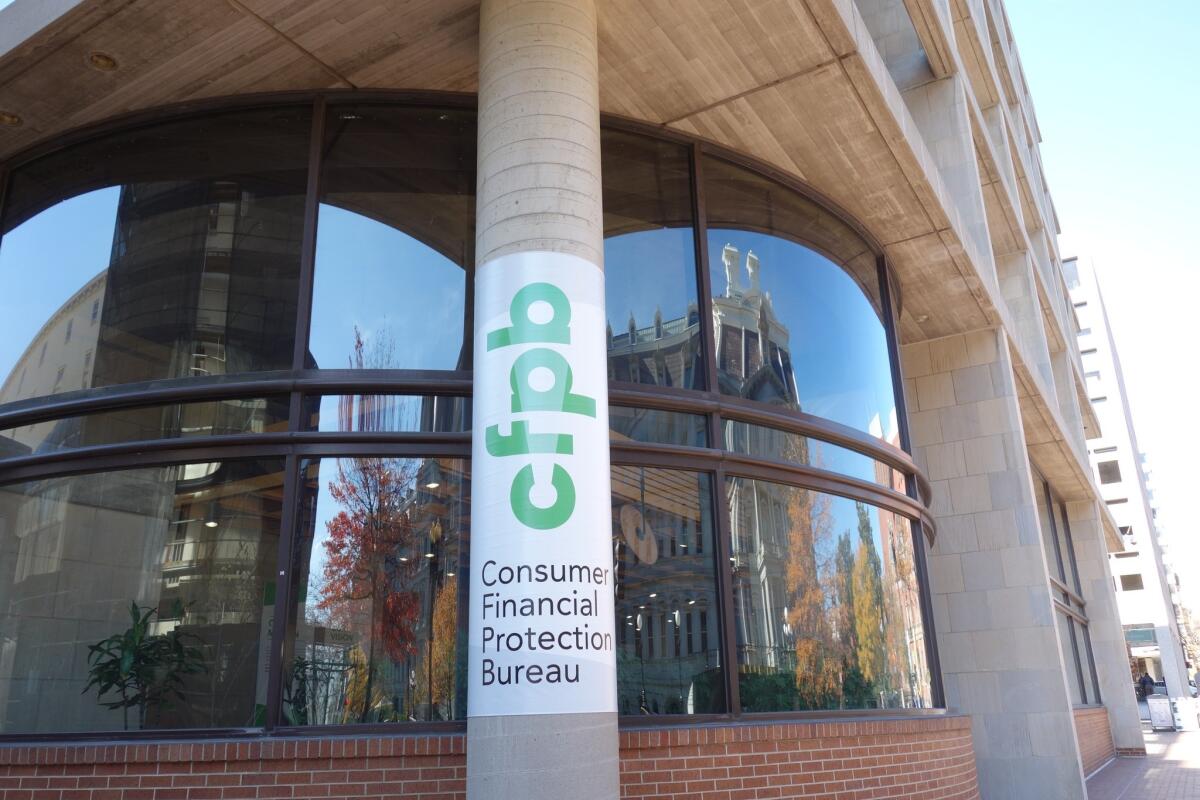Sinking under a heavy debt load? There’s help

- Share via
Dear Liz: I am trying to get my finances in order and, like many, I am struggling. The majority of my debt comes from student loans, but I also have unsecured debt that is weighing me down. I work for a nonprofit and know I need to contact my lenders to try to enroll in the Public Service Loan Forgiveness program, but my debt has me completely frozen. Every few months I try to do something and then I end up back where I am now, feeling overwhelmed.
Answer: You’re not alone. Credit counselors often deal with people who are so paralyzed by debt problems they can’t even open their bills. These people bring in sacks of unopened mail to their first appointments with the counselors.
If you haven’t been able to deal with your debt alone, then by all means, get help. A nonprofit credit counselor is an option; you can get referrals from the National Foundation for Credit Counseling at www.nfcc.org. A financial planner, a financial coach or even a money-savvy friend also can help you.
If you can force yourself to simply call your student loan servicers — the companies that process the payments on your education debt — you can get the ball rolling. These companies can determine if you’re eligible for the Public Service Loan Forgiveness program and help you start on the paperwork.
Public Service Loan Forgiveness can erase the balance of your federal student loans after 10 years of payments if you work in the public sector. To get the maximum benefit, you would need to sign up for an income-based repayment plan and you may need to consolidate your loans. All this involves effort, but if you’re planning to stay in public service, it can be worthwhile.
The Trump administration has proposed ending the forgiveness program for future borrowers. Even if Congress enacts such a change, it should not affect those who have already taken out loans. But you’d still be wise to enroll as soon as possible.

How to find out if a car has flood damage
Dear Liz: You’ve been writing recently about how to find a good, cheap used car. Can you write about how to research whether a car has been damaged in a flood?
Answer: Carfax, which provides vehicle history reports, offers a free flood check in the “resources” section of the site’s press center.
Flood-damaged cars that have been totaled by insurance companies are typically sent to auto recyclers for dismantling but some wind up back on the market. These cars are supposed to have salvage titles that make clear their dubious histories, but it’s relatively easy for unscrupulous sellers to register the car in a different, more lenient state that obscures its past. This is known as “title washing.”
Carfax’s service can help you spot the damaged cars, as can your own senses. A car that smells like mold or strong cleaning solution (to cover up the mold) is a bad sign. Carpeting or upholstery that’s obviously newer than the car can indicate it’s been replaced after flood damage. Look in the glove box and under the seats for mud or silt. A sagging headliner on a newer car is another red flag.
A good mechanic can help you spot problems if you’re not sure. If the seller won’t let you take the car to your own mechanic for inspection, don’t buy it.

Debt has a habit of hanging around
Dear Liz: Last year my dad had an account he couldn’t pay and it is showing up on his credit report as a closed, charged-off account. As expected, the lender sold it to another company. The new company now also has it listed as an open account in collection on his credit report. How can the same account be listed twice? I thought the second company couldn’t report it.
Answer: That’s not correct. Once the debt was charged off and turned over to collections, it could be reported again as a collection account. If the original account still shows a balance owed or more than one collection shows up for the same debt, however, your dad should definitely dispute it and file a complaint with the Consumer Financial Protection Bureau.
Liz Weston, certified financial planner, is a personal finance columnist for NerdWallet. Questions may be sent to her at 3940 Laurel Canyon, No. 238, Studio City, CA 91604, or by using the “Contact” form at asklizweston.com. Distributed by No More Red Inc.
More to Read
Inside the business of entertainment
The Wide Shot brings you news, analysis and insights on everything from streaming wars to production — and what it all means for the future.
You may occasionally receive promotional content from the Los Angeles Times.










